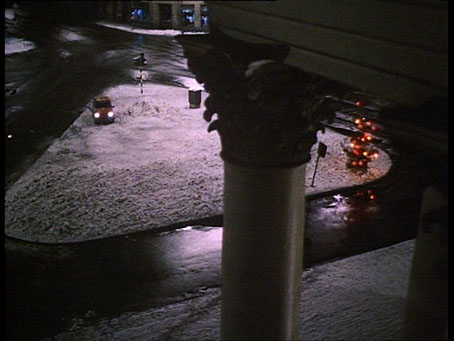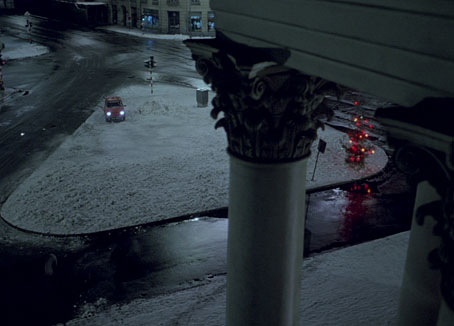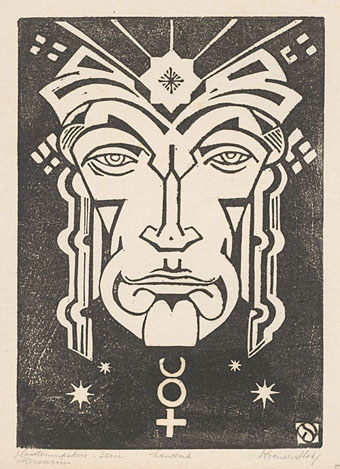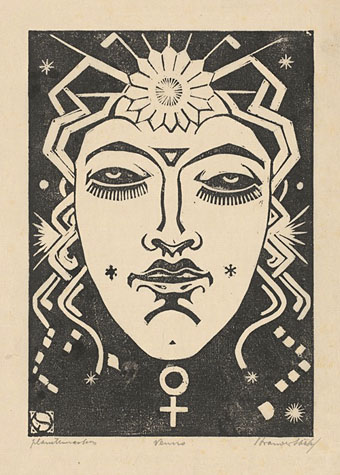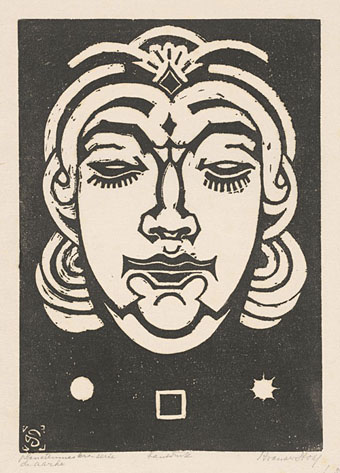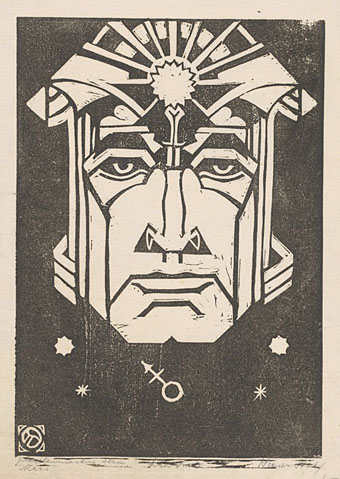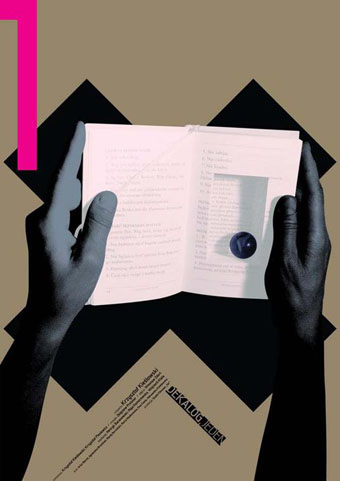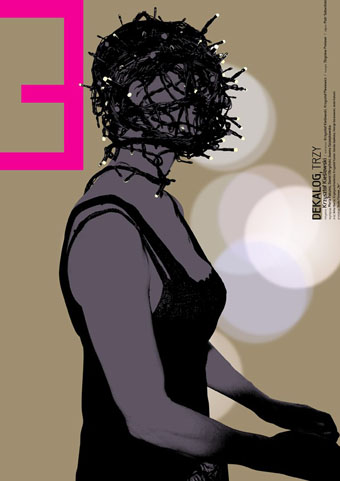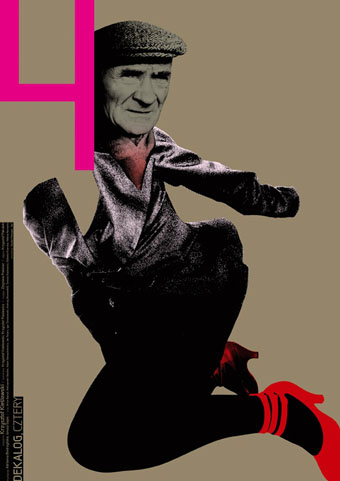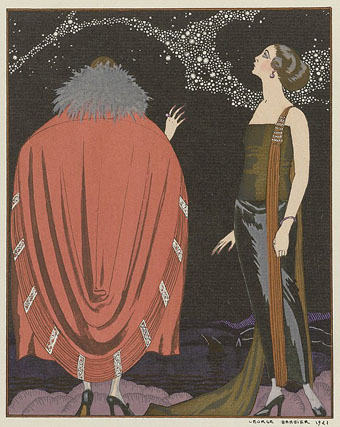Dekalog DVD.
Screen-shots from Kieslowski’s Dekalog 3, courtesy of my old Artificial Eye DVDs and the Arrow blu-ray set which arrived this morning. Watching the first couple of episodes on DVD earlier this week I was surprised to find that the picture quality was worse than I remembered—scratches and cue marks all over the place—and especially lacking after watching eight of Kieslowski’s other films in high-definition. I ought to have bought the Arrow collection when it was first released but it didn’t seem really necessary at the time. The picture quality of these restored films is so good I’m tempted to start again from the beginning when I’ve reached the end of the cycle, although going through the horrors of Dekalog 5 twice in one week would be a bit much.
Dekalog blu-ray.
Anyway, I recommend this set. (It’s also in the Criterion catalogue if you prefer their overpriced discs.) There’s been a spate of news and opinion pieces recently complaining about the current state of cinema, by which people mean American cinema since this is the only variety anyone is supposed to care about. With each fresh complaint all I can hear is John Lydon singing “Burn, Hollywood, burn”. It’s a big cinematic world out there, and “world cinema” is more than just a few shelves in an entertainment store.
• Further reading: “And So On”: Kieslowski’s Dekalog and the Metaphysics of the Everyday by Paul Coates.
Previously on { feuilleton }
• Dekalog posters by Ewa Bajek-Wein

